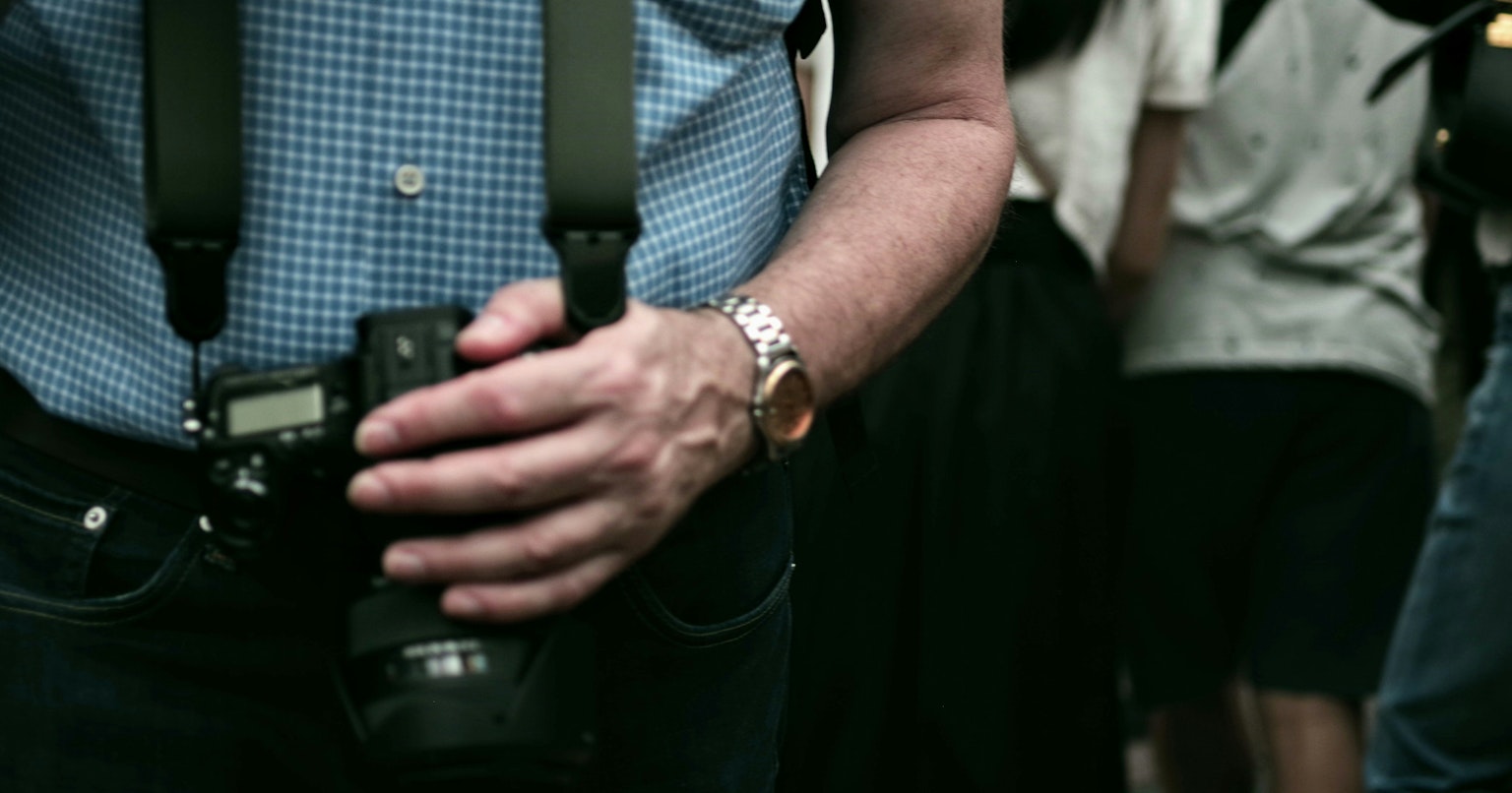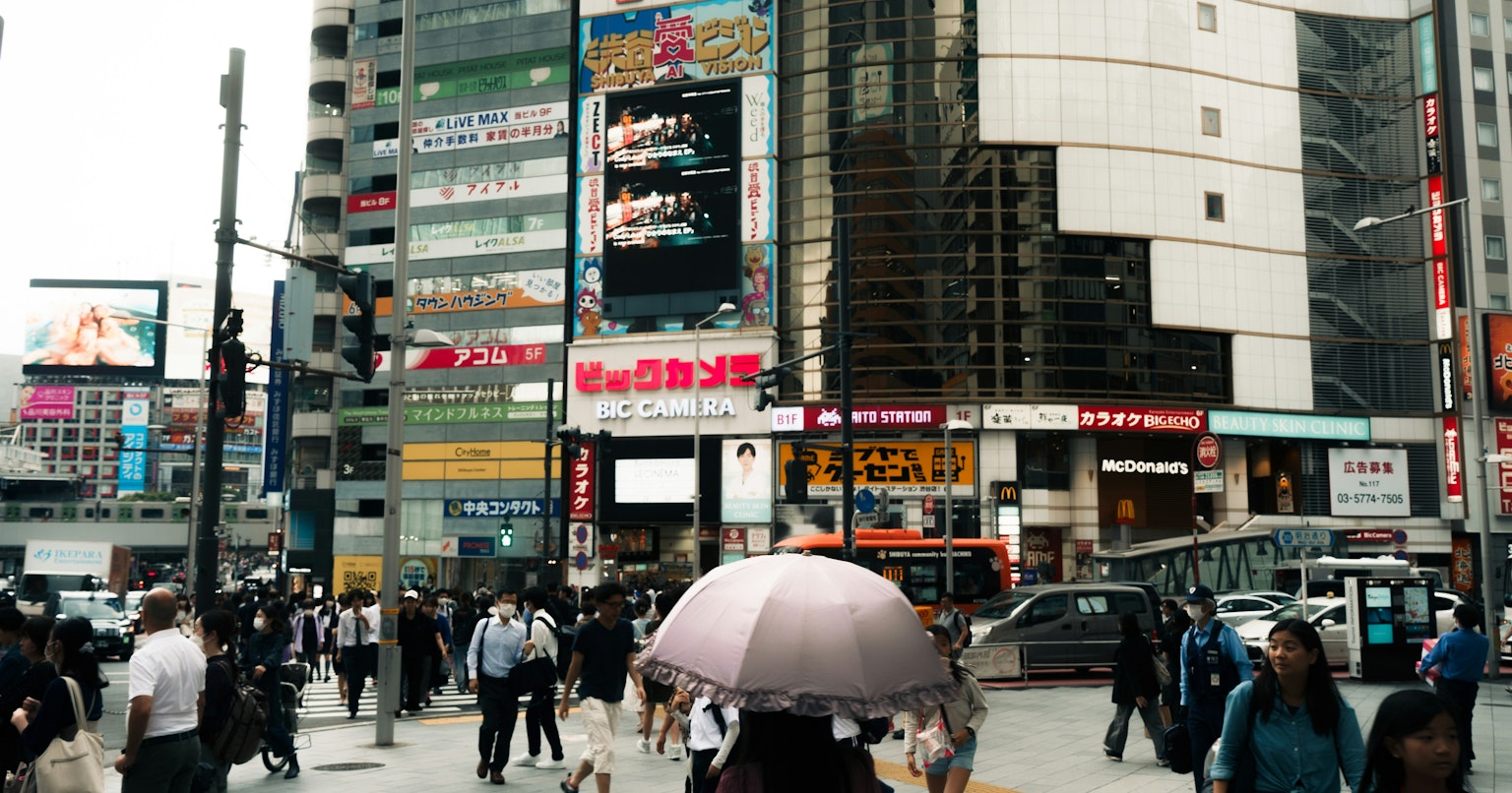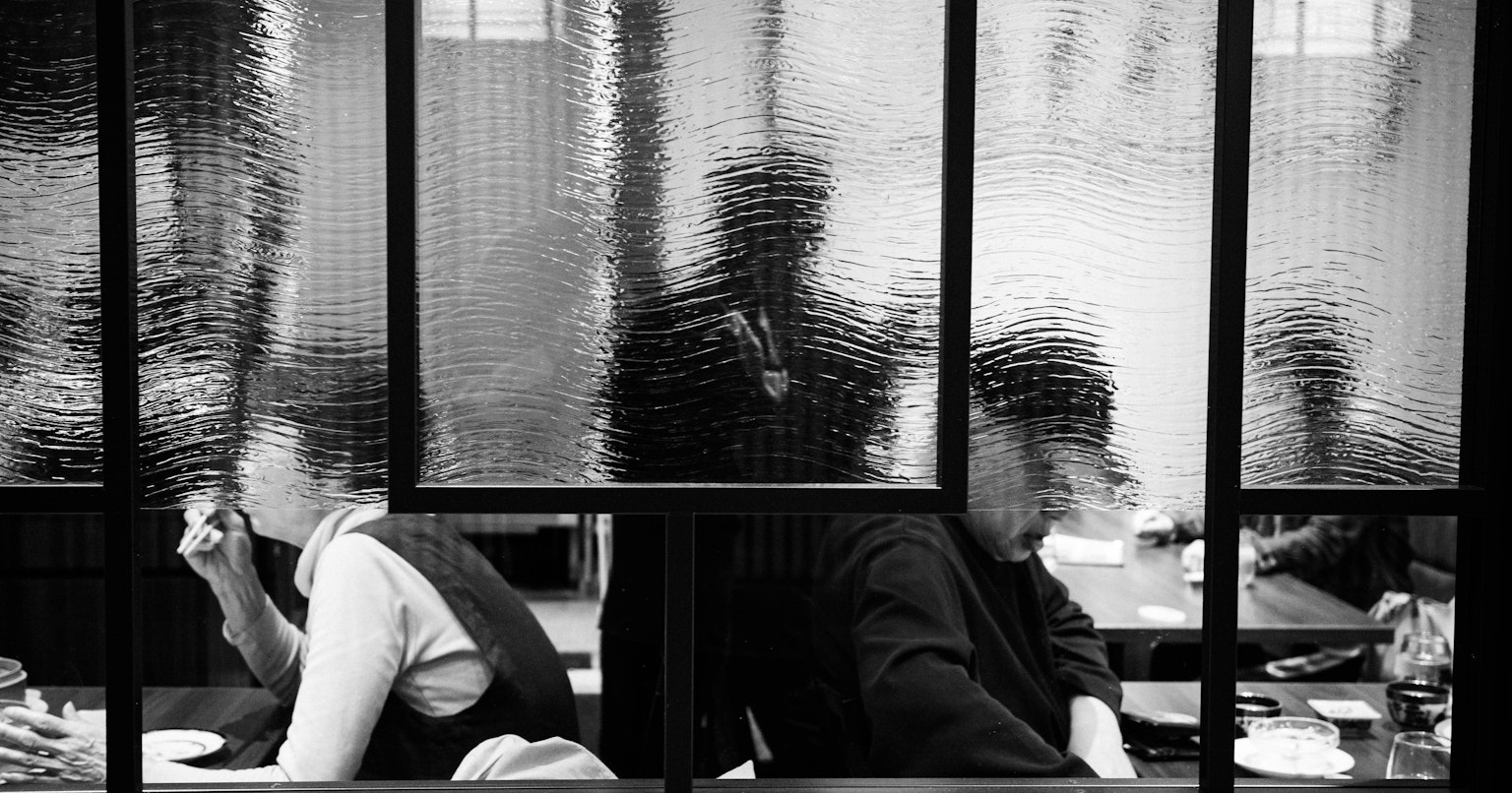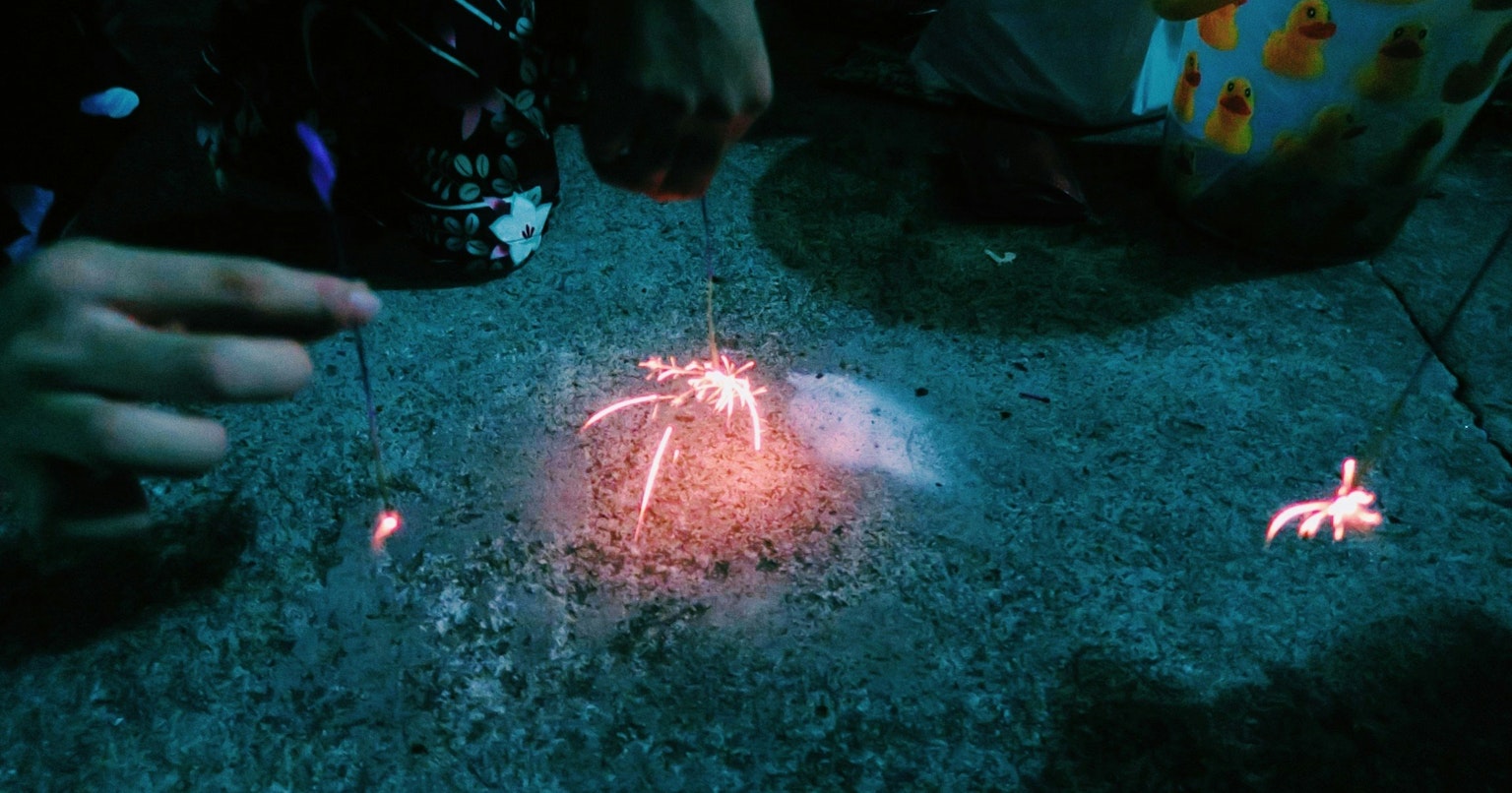
Cover photo by Toshiya Nagayama
Photography is an act of “preserving” the reality before our eyes, but when the subject is something that will “eventually disappear,” it holds a beauty beyond mere documentation. Small endings hidden in everyday life, flowers swaying in the wind, fleeting light—through the lens, these moments quietly gain a semblance of eternity.
In this article, we explore the role of photography in preserving the ephemeral, along with the aesthetics and temporality of this act.
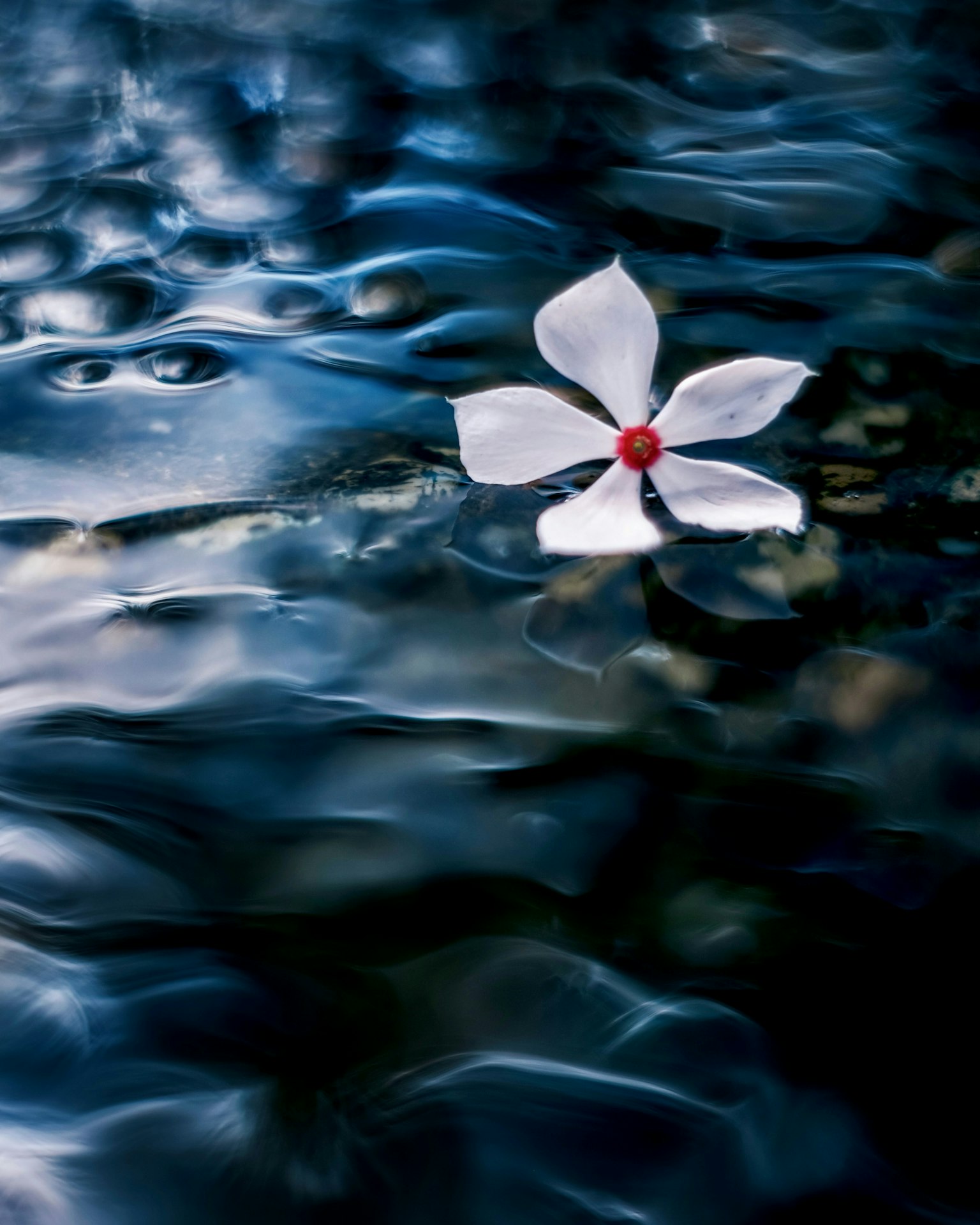
Photo by aya
Photography as an Act of Collecting Fragments of Time
A building is demolished, a tradition is lost, someone grows older—what photography captures is not just the “now” but the image of things that will soon be gone. This is why we are drawn to weathered signs, empty lots at dusk, and fragments of fading memories.
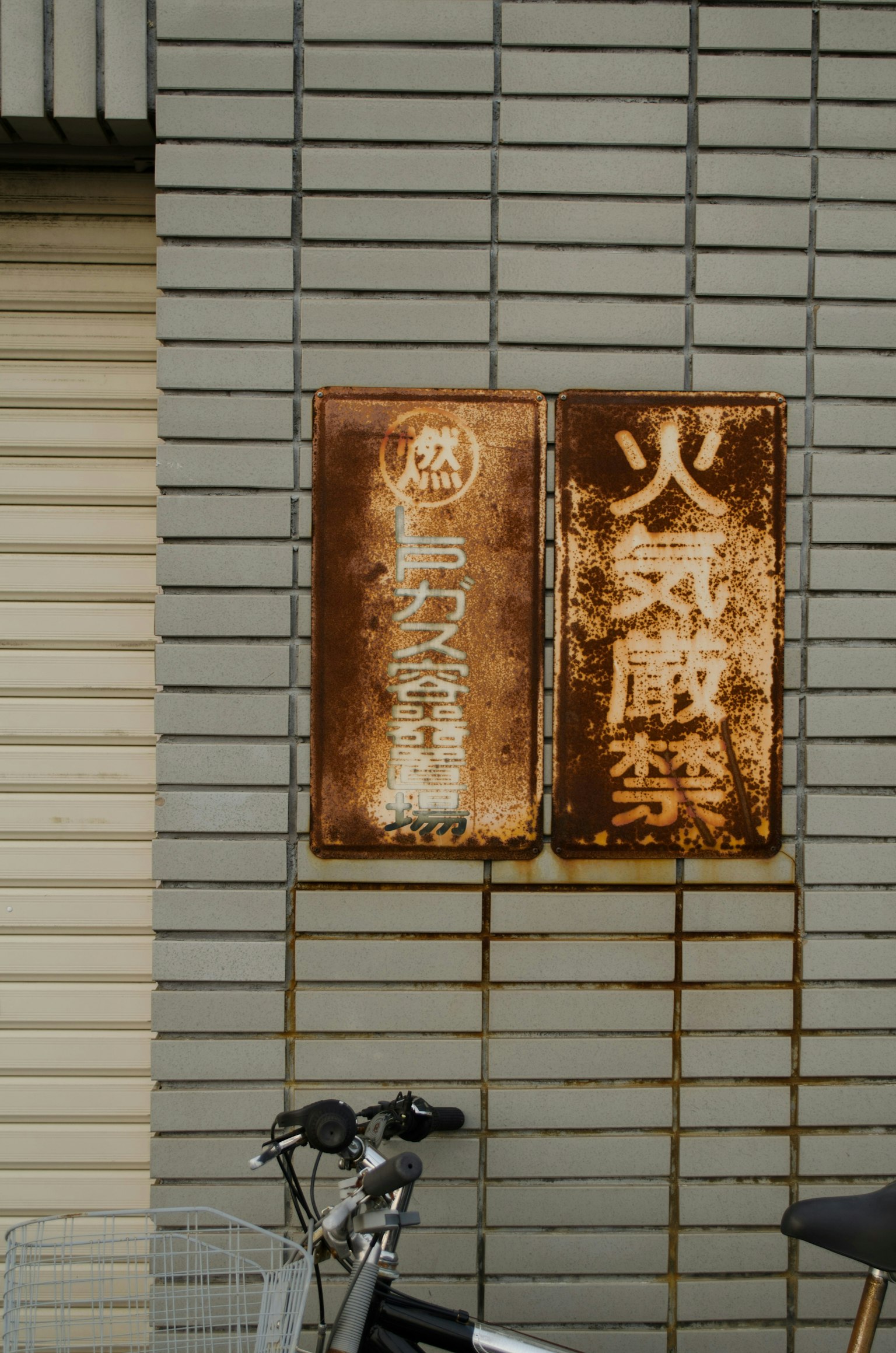
Photo by ookinate23
The Sensibility of “Capturing Because It Will Disappear”
It is precisely because we do not expect eternity that the act of pressing the shutter becomes profound. The light etched onto film reflects our emotions as we gaze upon what is vanishing.
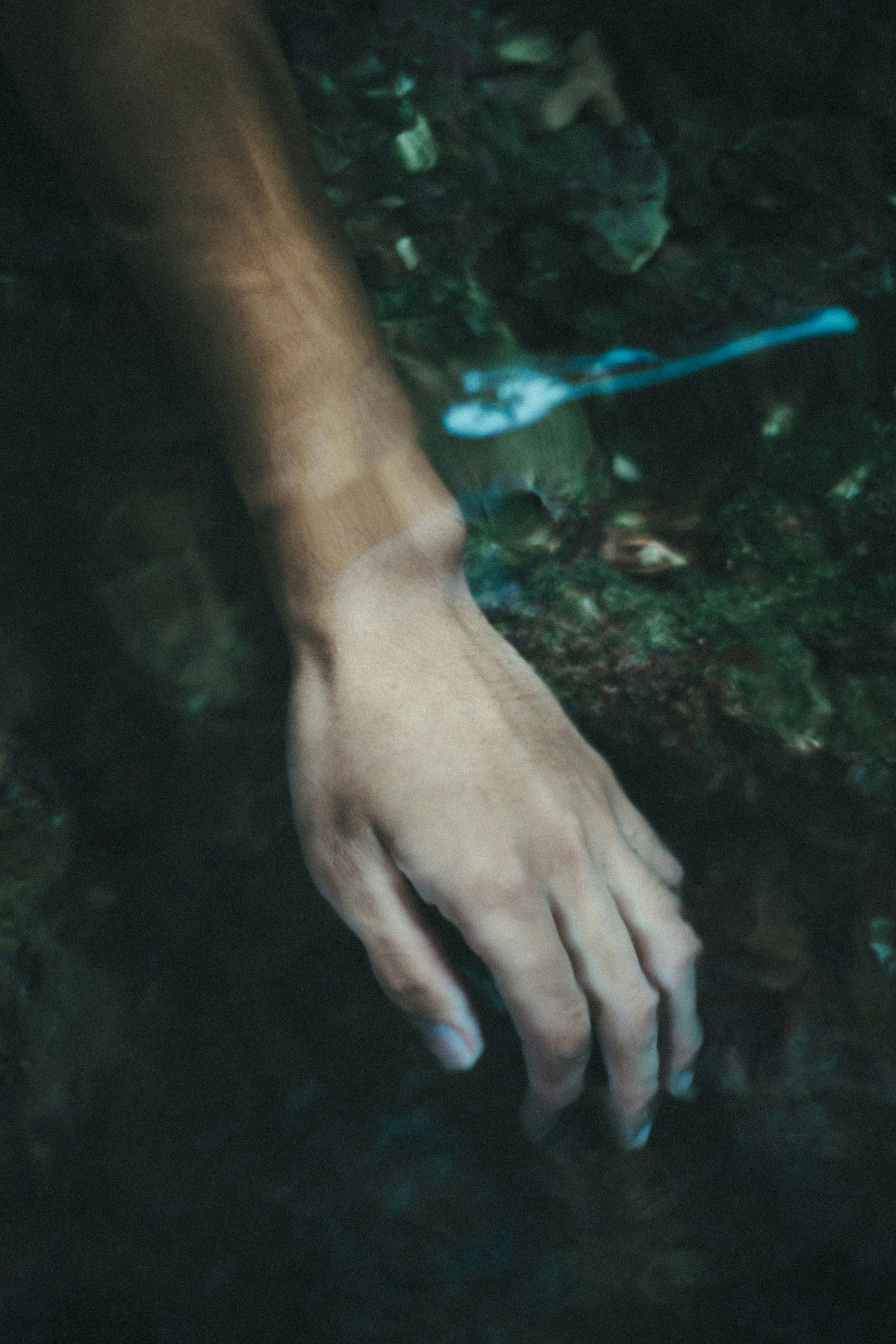
Photo by Daiki Susa
Photography is not only a means of preserving the past but also a way to answer the inner question of “why did I want to capture this?”
The Aesthetics of Ephemerality and Photographic Expression
The Japanese cultural concepts of “mono no aware” and “wabi-sabi” resonate deeply with this theme. The fleeting beauty of cherry blossoms falling, a moment at sunset, or confetti dancing in the wind—this gaze that finds beauty in the transient is alive in modern photographic expression.
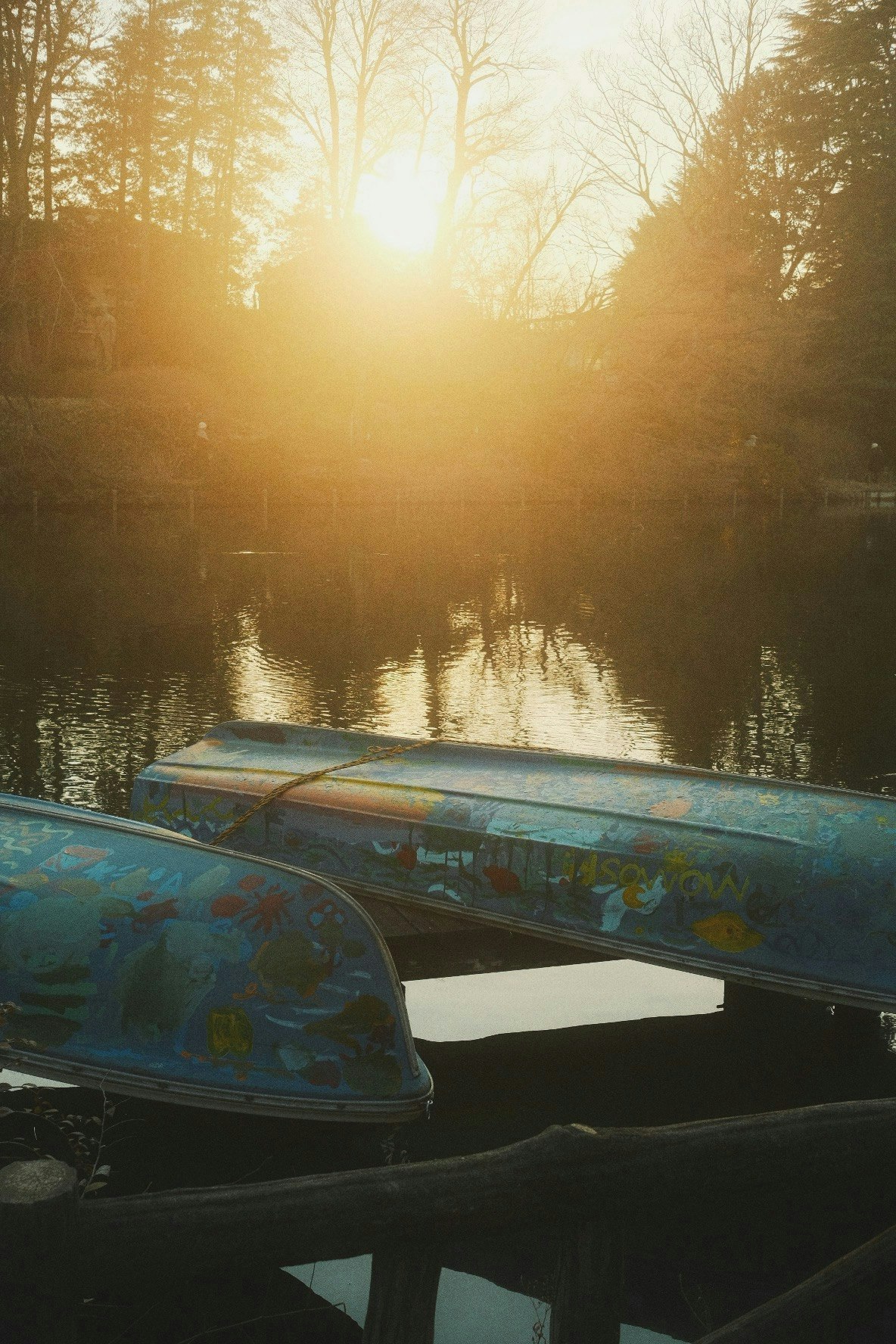
Photo by TEN
Ephemerality transforms into eternity within the frame of a photograph.
